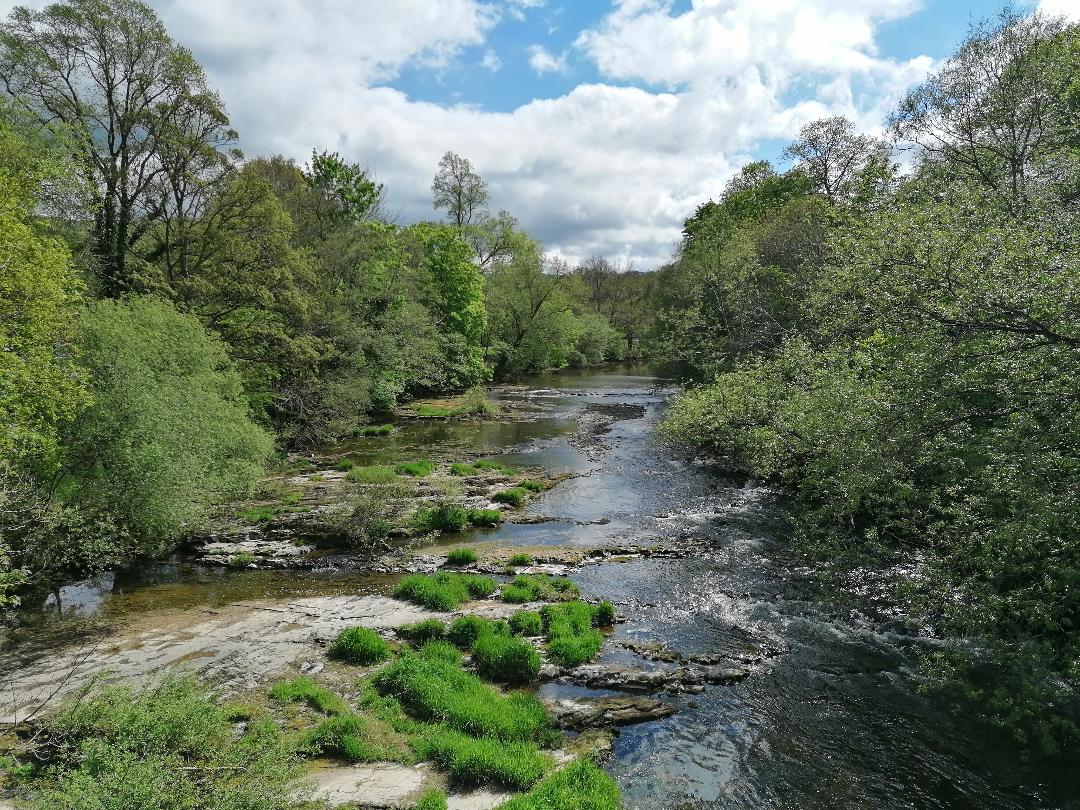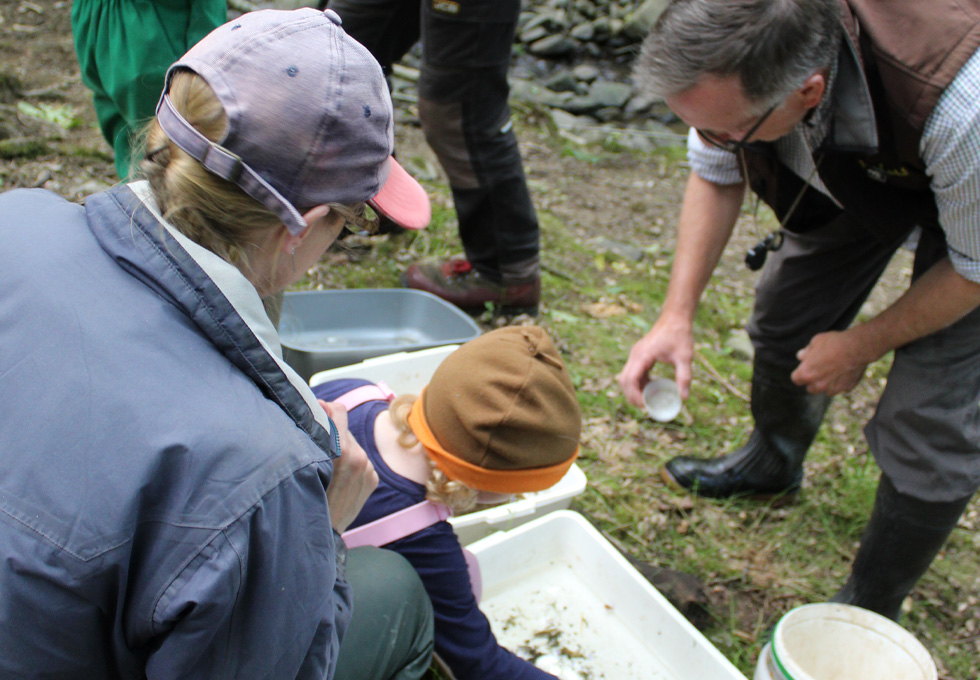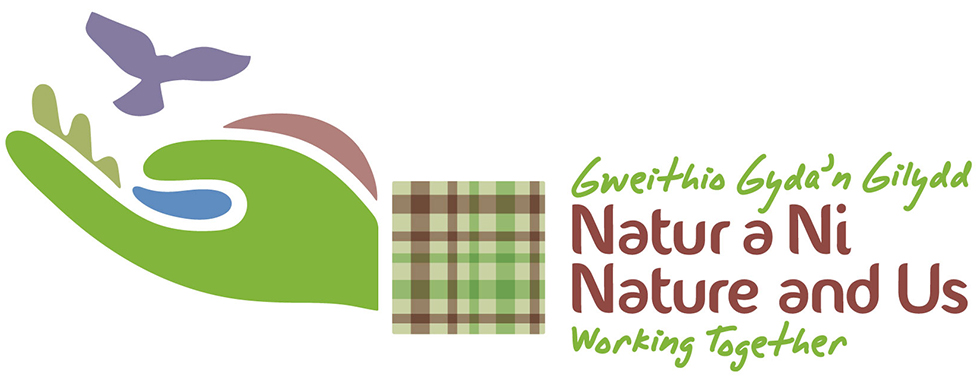Nature
Nature and people...a partnership in Powys
Our project is contributing to the Powys Nature Partnership – a group of organisations and individuals working together to conserve the county’s wildlife for the future. The Powys Biodiversity Officer is a member our Steering Group and we are focused on a joint aim of enhancing habitats wherever and whenever we can to the benefit of the wide range of wildlife that we enjoy here in Powys.
Some of our members already work very closely with Coed Cymru and the Woodland Trust, with many being used as exemplars to promote the benefits of woodland and tree planting among the farming community. One of them is also working with the Woodland Trust on the monitoring of poultry unit ammonia emissions – to assess effect on vegetation in a project which is believed to be one of the first of its kind in the UK – as part of People and Nature: Working Together.
How will we encourage more biodiversity? Trees, hedges and woods are being created. Planting will also improve the aesthetic appeal of the landscape and increase flora and fauna diversity in line with the Natural Resources Wales Area Statement. It will also provide more visual features for users of the 224-mile Severn Way which brings in economic benefits of around £50m benefit from long distance walkers (source: Cardiff University).


The Group have been working on their own local Nature Recovery Plan, in line with the Powys one, with each farm adopting at least two protected or declining species.
As part of these measures – and to help with carbon storage and off-set – pools are being upgraded to better support wildlife, certain species of trees are being planted and new bird nesting opportunities provided with new or enhanced hedging. Cleaner water is being promoted with riverside access by sheep and cattle reduced by fencing.
There is training for farming families across the generations on reducing environmental impacts and learning about insects, birds, plants and mammals as well as the microbiology and fungi present in soils. The photo on the left shows a Citizen Science event where kick-sampling took place to monitor and record invertebrates in order to assess the health of the river.
Biodiversity in the uplands is being promoted through additional grazing by cattle as well as sheep which leads to a wider range of plants and wildlife.
Get in touch
E-mail: severncatchment@aol.com
